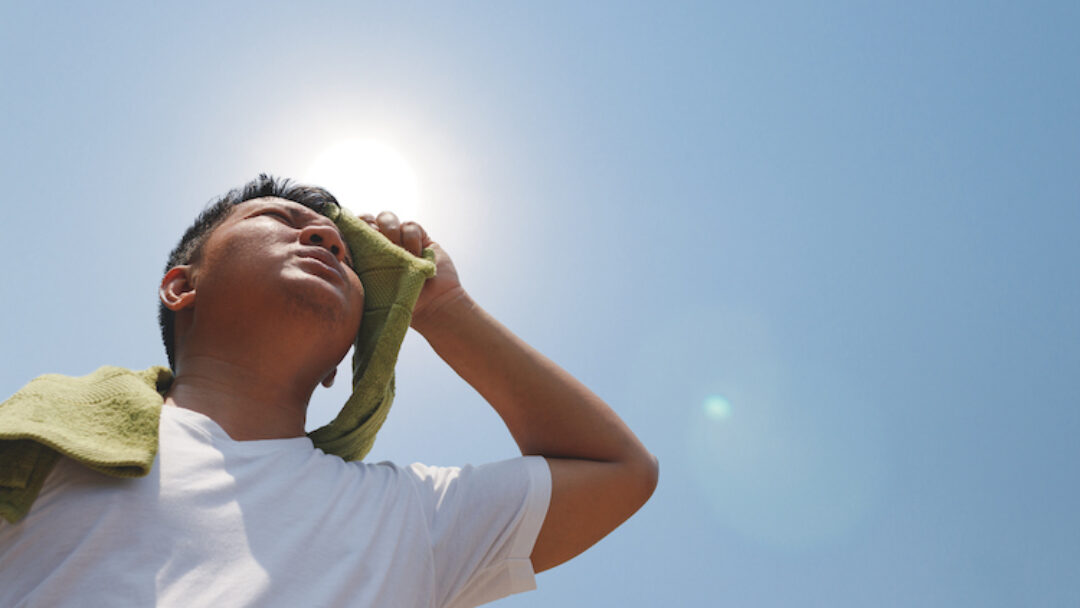Summer in Arizona can be dangerous. With blistering summer temperatures looming in the Valley, the Maricopa Association of Governments (MAG) and dozens of partnering agencies have launched the regional Heat Relief Network.
The network includes an interactive map to show people where they can find shade, water, and indoor cooling centers or where those wanting to help can drop off donations, such as bottled water and sunscreen. This information can also be viewed and in an interactive list format on the Heat Relief Network Directories page.
“Last year 425 individuals perished due to heat-associated deaths in the Maricopa region,” said MAG Chair Kenn Weise, mayor of Avondale. “It is critical for everyone to know the nearest places to go to get water or to cool down. Not only for vulnerable populations such as people experiencing homelessness, but also anyone at risk from the heat, such as outdoor workers, out-of-town visitors, and older adults,” he said.
City of Phoenix: Office of Heat Response
The City of Phoenix recently opened its Office of Heat Response and Mitigation. The city is a key participant in the network.
“Strengthening our community resources is crucial to reduce the public health impacts of extreme heat, and Phoenix is proud to be a major contributor to the regional Heat Relief Network,” said Phoenix Mayor Kate Gallego.
“We all have a role to play in spreading awareness of these resources and looking out for each other, and we will continue to develop urban cooling and heat response strategies,” she said.
Phoenix is encouraging people to sign up loved ones for wellness calls from the city’s Cool Callers volunteers. Volunteers call registered community members to make sure they are safe, and their homes are cool. People interested in signing up for free wellness calls can visit Phoenix.Gov/Heat.
According to the Maricopa County Department of Public Health, there are easy steps people can take to stay safe from the heat, such as wearing lightweight clothing, drinking lots of water, taking breaks in the shade, and working or exercising outdoors in the early morning hours as much as possible. Signs that a person needs to rapidly cool off and seek immediate medical care include a rapid pulse, throbbing headache, confusion, or red, dry, hot skin, and no longer sweating.
“Sadly, we’ve seen an increase in deaths related to heat every year since 2015. It doesn’t matter how long you’ve lived here: your body needs you to take steps to stay cool and hydrated,” said Dr. Rebecca Sunenshine, medical director at Maricopa County Department of Public Health. “Every one of these deaths is preventable,” she added. “Check on your neighbors, especially older adults who live alone, and never leave kids, older adults, or pets in a locked car.”
Stay Safe and Hydrate
If you plan on hiking during the summer months, has a few reminders for you:
- Hike early.
- Hydrate before, during, and after your hike.
- Hike with a buddy.
- Wear proper attire and sunscreen.
The Maricopa County Department of Public Health says those same tips apply to anyone who works outside in the heat.
If someone has an extremely high body temperature (above 103°F), rapid pulse, confusion, throbbing headache, or red, dry, hot skin, they need immediate medical care, and attempts should be made to rapidly cool the victim, such as immersing them in cool water.
More Tips to Avoid Heat-Related Illness
- Increase fluid intake regardless of activity level. Staying hydrated is extremely important.
- Limit exercise or outdoor activity between the hours of 11 am and 3 pm.
- When outdoors, wear sunscreen with a minimum SPF 15 and re-apply often. Wear a hat, lightweight clothing, and sunglasses.
- Rest frequently in shady or cool areas to give the body’s temperature a chance to recover and cool down.
- Never leave adults, children, or pets inside a parked vehicle.
- Respectfully check on elderly neighbors to make sure their air conditioning is working and in use. Take advantage of free air-conditioning by visiting locations like shopping malls, the library, or other heat refuge locations provided on the map.
For more information about how you can avoid a heat-related illness, go to the Arizona Department of Health Services website.








